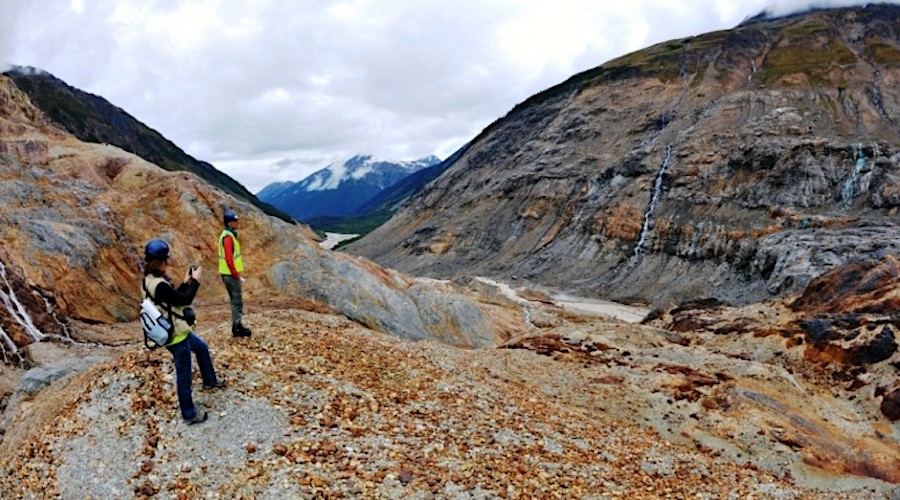A recent independent economic impact analysis, commissioned by the Mining Association of British Columbia (MABC), reveals that 16 proposed critical mineral mines in the province hold a pivotal position. These mines represent a near-term investment of C$36 billion, with the potential to generate 300,000 person-years of employment and contribute C$11 billion in tax revenues.
In British Columbia, a pivotal global mining jurisdiction, there are presently ten metal mines, seven steelmaking coal mines, and two smelters in operation. The province stands as Canada’s foremost producer of copper and steelmaking coal, the second-largest producer of silver, and the sole producer of molybdenum, according to the Mining Association of British Columbia (MABC).
In research conducted by Mansfield Consulting, an analysis of 14 potential critical mineral mines and two mine extensions was undertaken. The findings indicate that the extended operation of these mines over several decades could result in a substantial long-term economic impact, reaching nearly C$800 billion ($599 billion).
Canada is striving to increase its global influence in critical minerals supply. However, the prolonged delays in the mining permitting process in British Columbia pose a challenge. Addressing and resolving these issues is a top priority for the provincial government.
The potential benefits derived from these critical mineral projects hinge on British Columbia implementing competitive fiscal and regulatory policies. These measures are crucial to attract the required investments for the growth and sustainability of the sector. MABC CEO Michael Goehring emphasized the importance of the provincial government’s upcoming critical minerals strategy in facilitating these endeavors, as stated in a Monday announcement.
This represents a unique opportunity that spans generations and should be embraced, positioning BC as a prominent global provider of ethically produced critical minerals. We aim to collaborate with the Governments of Canada and British Columbia, First Nations, local authorities, and labor to unlock the potential of critical mineral projects, ensuring benefits for all residents of British Columbia. Goehring emphasized that these proposed projects not only open doors for First Nations partnerships but also contribute to advancing economic reconciliation and self-determination.
Additionally, the study evaluated the economic advantages of progressing five proposed mines dedicated to precious metals, such as gold. The cumulative, enduring impact of these proposed precious metal mines throughout their operational lifespan surpasses C$29.5 billion. This initiative is anticipated to generate over 96,000 person-years of employment and contribute C$5.3 billion in tax revenue.
Seabridge Gold’s Kerr-Sulphurets Mitchell (KSM) project, situated in British Columbia’s renowned Golden Triangle, holds the title of the world’s highest-ranked gold project. However, it’s worth noting that the most recent gold mine, the Bruce jack, boasting one of the world’s highest-grade gold deposits, commenced production seven years ago.
Under appropriate government policies, these crucial mineral initiatives would continue to strengthen the foundational role of the mining and smelting sector in British Columbia’s economy. This includes creating well-compensated jobs that support families and providing opportunities for service and supply businesses in both rural and urban communities, as highlighted by Goehring.










